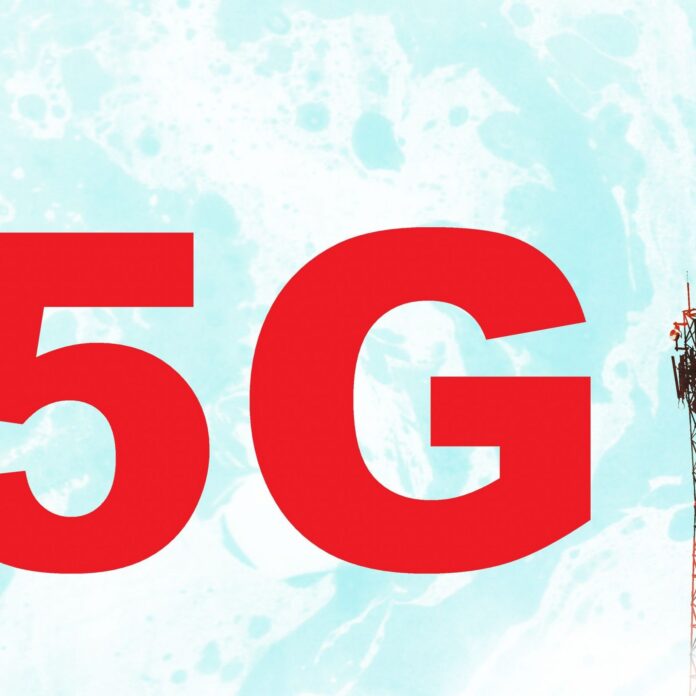Commercial 5G could come sooner than expected. An exclusive interview with Volker Held, head of 5G Market Development at Nokia.
The search for commercial 5G use cases was some sort of a catchphrase at this week’s 5G World conference in London. 5G promises a sea of change in the area of network architecture and connected services but well-defined use cases, beyond mobile broadband, are still widely missing from the equation. This should not deter operators from going ahead with their transformative journey towards 5G, according to Volker Held, head of 5G Market Development at Nokia. Operators cannot wait for clearer use cases to come along and must prepare for 5G now. ”It is a question of expectations and mindset: operators cannot wait until 5G is available. Use cases need to evolve over time,” he told Industrial IoT 5G Insights. ”It is our job to show them in real life what 5G can do.” Autonomous driving is one such example of how the evolution towards 5G can look like: in order to create autonomous driving tomorrow, one needs to start with assisted driving already today. ”Operators need to start with 5G transition now because even in 2020 we won’t have a totally clear picture of use cases. We cannot calculate the business case today but we can already create the ecosystem,” he added.
At 5G World, Nokia demonstrated a 5G-ready end-to-end network solution, the first of its kind according to the vendor. The solution runs pre-standard 5G based on Nokia’s commercial radio and core platform. It allows to implement 5G technology over LTE networks, offering a latency of one millisecond. ”We already have more than 20 customer projects in different frequency bands,” said Held.
The main drivers for operators when it comes to 5G will be the need for new services but also the need to build capacity in a cost-efficient way. ”By 2020, we could face a 20 percent gap in capacity. We can solve this by using carrier aggregation, improving spectrum efficiency or small cells. But over time, it will become inefficient. We will need to make use of new spectrum and this is were 5G comes in. The capacity increase will force the move to 5G,” said Volker Held.
Some operators have, together with vendors, already identified a number of concrete 5G use cases. Global sports events such as the Tokyo 2020 Summer Olympics and the 2018 FIFA World Cup in Russia are indeed set to provide the perfect arena to showcase 5G network capabilities. As such, these planned deployments have impacted the speed at which the industry has been working on 5G standardization. ”We are quite far ahead in the standardization process, more ahead than we thought we would be a year ago. We can expect the first standards to be finalized in 1,5 year from now, which means we could basically have commercial 5G even before 2020,” said Held. By and large, the industry is in agreement on the fundamental technological elements of 5G and only needs to finalize the details, according to Held.

